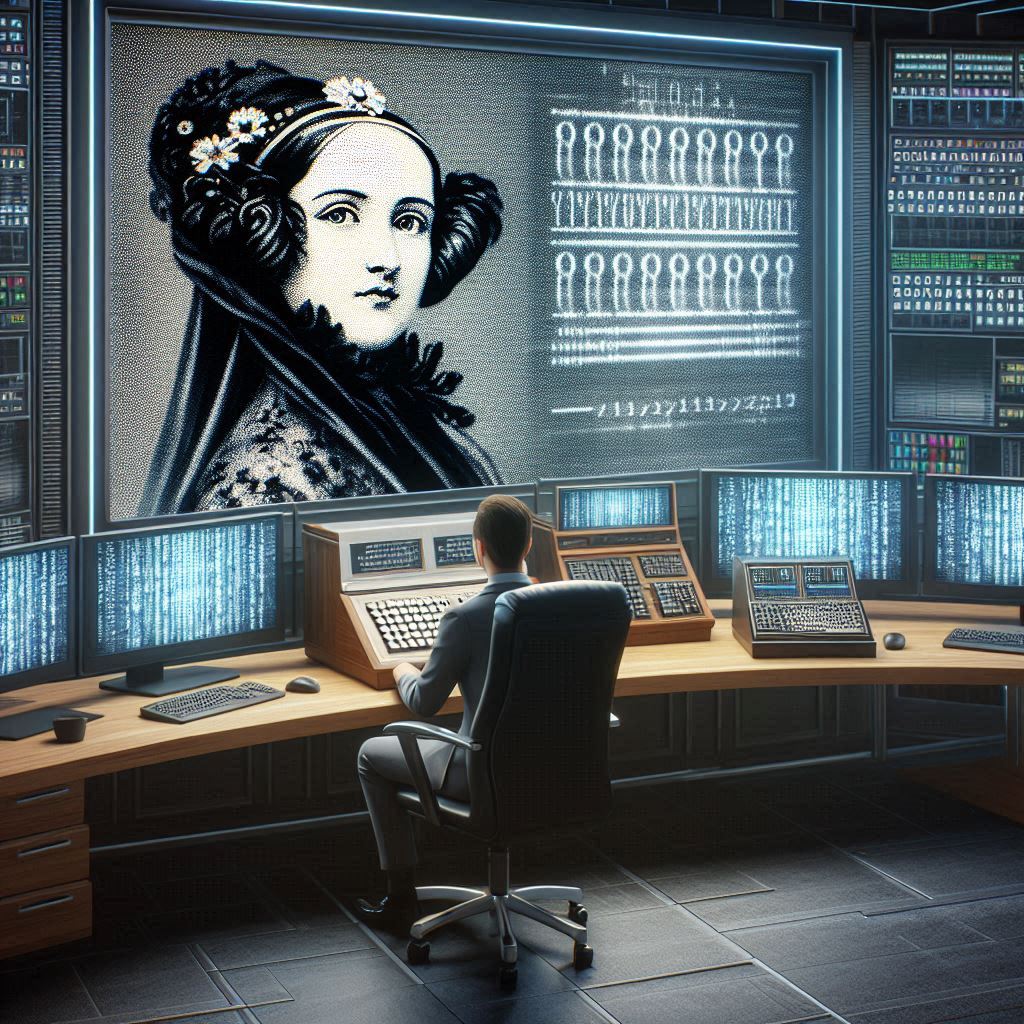In his book, “The Innovators,” Walter Isaacson tells the story of the digital revolution and the collaborative efforts that led to groundbreaking technological advances: from Ada Lovelace (considered the first programmer for her work with Charles Babbage’s Analytical Engine) to the development of the computer, to the popularization of the internet and the spread of the web. Below, we’ll explore some of the lessons we can find in Walter Isaacson’s book, “The Innovators”.
Each idea complements the other
Through the book “The Innovators”, Walter Isaacson teaches us that technological progress and evolution comes from more than just a single moment and the idea/genius of a single person, but is the product of several ideas and points of view, and that each great technological advance is based on previous discoveries that are improved, refined and modified.
For example, in the case of the Internet, it was not an innovation that emerged from a single person, but rather the culmination of several contributions from engineers, mathematicians, and visionaries who developed different concepts, ideas, and technology over several decades.
Failure is an integral part of the path to success
The book teaches us that failure is an integral part of the path to success, as Isaacson recounts how many pioneers faced major setbacks, criticism, and even failure before achieving breakthroughs.
For example, in the case of the personal computer, it is known that many of the first ideas or prototypes did not come to fruition. However, each failure served as a valuable lesson that would end up helping the next innovators, since every setback or obstacle offers an opportunity to adapt and improve.
Timing is crucial
Through Walter Isaacson’s book “The Innovators,” we learn that timing is crucial for ideas and innovations to succeed, as Isaacson recounts that some ideas failed to take advantage simply because the world wasn’t ready for them yet. Many innovators have had ideas ahead of their time, but only those who adjusted their approach or waited for the right conditions were successful.
For example, in the 1960s, there were several attempts to develop home or personal computers, but even though there was potential, neither the market nor the infrastructure were ready for such mass adoption. It wasn’t until the late 1970s and early 1980s, when the evolution of microprocessors, the innovation of intuitive interfaces, and consumer interest aligned, that the computing revolution in personal computers took shape.

Innovation requires teamwork
Through his book “The Innovators,” Walter Isaacson teaches us that innovation requires teamwork. He explains that innovation is rarely the work of a single genius or a solitary mind, and that, on the contrary, the most transformative inventions have emerged thanks to collaboration, teamwork, and the blending of diverse talents.
For example, if we focus on the computers and programs we use today, perhaps innovative people like Bill Gates (Microsoft) and Steve Jobs ( Apple) come to mind to attribute the most emblematic advances. However, the success of these projects was thanks to the work/contribution of other people who had complementary skills (Steve Wozniak at Apple and Paul Allen at Microsoft), in addition to the teamwork of dozens of directors, programmers, and engineers who contributed their skills and talents.
Perseverance bears good fruit
Through the book “The Innovators”, Walter Isaacson teaches us that perseverance pays off, as he tells us that revolutionary breakthroughs are unlikely to happen in the blink of an eye, since it is common for all innovators, before achieving success, to face skepticism or failure from time to time, but they must have the ability to move forward despite these obstacles.
For example, one of the inventions that faced the most obstacles was the microchip, since the first attempts faced challenges of miniaturization, costs and practicality, however, the perseverance of the engineers and inventors and the unwavering belief in their ideas, allowed them to maintain the momentum so that they could continue perfecting their designs, experimenting with other materials and improving the efficiency of their processes, to finally obtain one of the most crucial advances in computing.
Innovation centers are essential
The book mentions how throughout history there were different laboratories and research centers that were fundamental for the development of different technologies, an example of this were Bell Labs (transistor, information theory, UNIX) and Xerox Parc (graphical user interface, mouse, Ethernet, laser printing and object-oriented programming).
What do you think about this topic? Do you know any other lessons from Walter Isaacson’s book “The Innovators”?
If you have any questions or queries, you can write them below (comments section).